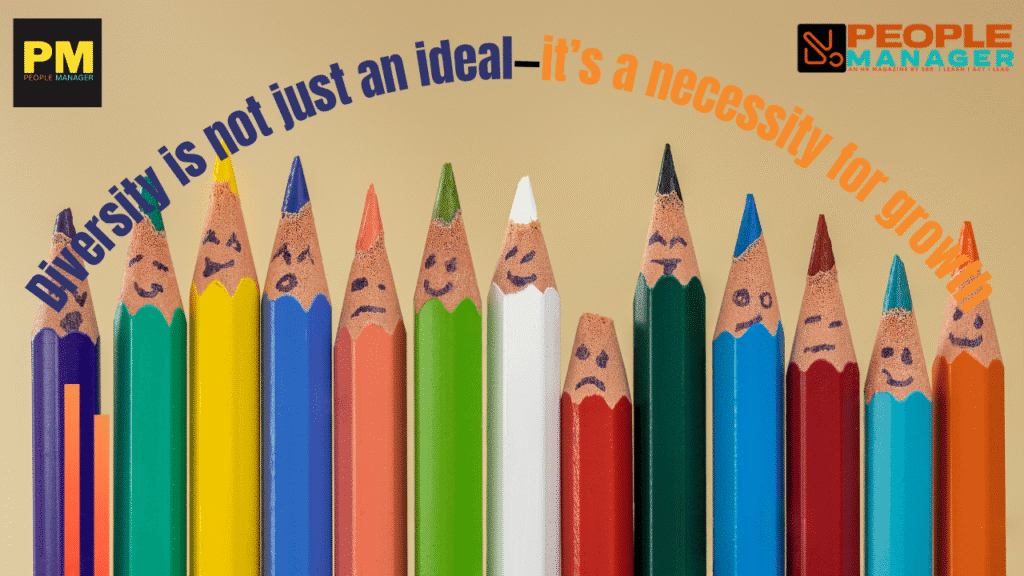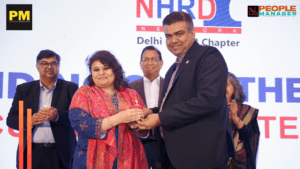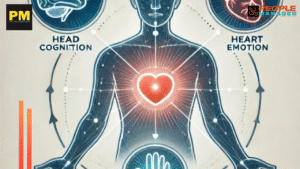“Diversity & Inclusion: The Ideal vs. The Reality—Can We Bridge the Gap?”
"Diversity is not just an ideal—it’s a necessity for growth. Bridging the gap between comfort and inclusion requires conscious effort, honest reflection, and systemic change. When we challenge biases and embrace diverse perspectives, we create workplaces and societies that innovate, thrive, and truly reflect the richness of human potential."

People talk about Diversity and Inclusion in organisations, people talk about cultural diversity and language diversity in India, religion diversities, etc. . I find this very interesting of the actual human phenomenon, majority of the people prefer people from their community, their State, district, town or village, their caste or religion, their culture or language so what is this Diversity we talk about. Reality is quite different in Diversity.
People tend to experience belongingness with shared experiences and qualities, homogeneity in groups. However, in the organisational setting, for collaboration to work effectively, and use organisational resources efficiently, one has to engage with a diverse group of people, who come with diversity of experiences, skills, personality – therefore it becomes important for teams to adopt inclusive ways and processes. Most teams do practice inclusivity within a certain range of diversity in the team. DEI programmes become important when the organisation has team members against whom there may be strongly held judgements or biases based on caste, class differences, cultural differences, or age and gender related stereotypes that can hamper productive and efficient collaboration.
This is a very real and complex tension that exists in the discussion around Diversity and Inclusion (D&I). There’s often a significant gap between the ideal of embracing difference and the ingrained human tendency to gravitate towards familiarity and perceived similarity.Here’s why this tension exists and how to understand the concept of D&I :
Why the Tendency Towards Homophily Exists:
- Comfort and Familiarity: Humans are naturally drawn to what they know and understand. Shared backgrounds, languages, and cultures can create a sense of comfort, trust, and ease of communication.
- Social Identity Theory: This theory suggests that people derive part of their identity from the groups they belong to. This can lead to “in-group” favouritism and a tendency to view “out-groups” with more caution or even suspicion.
- Evolutionary Roots: Some argue that a preference for those like us has evolutionary roots, as it historically meant greater safety and cooperation within a small group.
- Learned Biases: Societal norms, upbringing, and exposure to limited perspectives can lead to unconscious biases that favour certain groups over others.
- Communication Efficiency: Sharing a common language, cultural references, and unspoken norms can make communication more efficient and less prone to misunderstandings.
Why We Still Talk About and Strive for Diversity and Inclusion:
Despite the natural inclination towards homophily, the push for D&I in organizations and society stems from several crucial reasons:
Benefits of Diverse Perspectives: Diverse teams and organizations bring a wider range of experiences, ideas, and problem-solving approaches. This can lead to greater innovation, creativity, and better decision-making.
Understanding Diverse Customer Bases: In today’s globalized world, organizations need to understand and cater to diverse customer bases. A diverse workforce is better equipped to do this effectively.
Fairness and Equity: D&I initiatives aim to create a more equitable and just environment where everyone has the opportunity to succeed, regardless of their background. This aligns with ethical and moral principles.
Enhanced Innovation and Creativity: When people with different backgrounds and viewpoints come together, they challenge assumptions and spark new ways of thinking.
Improved Employee Engagement and Retention: Employees who feel valued, respected, and included are more likely to be engaged, motivated, and stay with an organization.
Stronger Reputation and Brand Image: Organizations that are seen as diverse and inclusive often have a better reputation and attract a wider pool of talent.
Addressing Systemic Inequalities: D&I efforts often aim to dismantle systemic biases and inequalities that have historically disadvantaged certain groups.
The Reality of Implementing D&I:
The reality of implementing D&I is often challenging. Overcoming ingrained biases and fostering a truly inclusive culture requires:
Conscious Effort: It doesn’t happen naturally,organizations and individuals need to actively work to understand and mitigate their biases.
Education and Awareness: Raising awareness about the benefits of diversity and the impact of bias is crucial.
Policy and Practice Changes: Organizations need to implement policies and practices that promote fair recruitment, development, and promotion.
Leadership Commitment: Strong leadership is essential to drive and champion D&I initiatives.
Creating Inclusive Environments: It’s not just about having diverse representation; it’s about creating environments where everyone feels valued, respected, and has a voice. This requires fostering psychological safety and belonging.
Continuous Learning and Adaptation: D&I is an ongoing journey, and organizations need to be willing to learn, adapt, and measure their progress.
The human tendency towards homophily is a powerful force. However, the pursuit of Diversity and Inclusion is driven by the recognition that the benefits of embracing difference outweigh the comfort of sameness. It’s an acknowledgment that a more diverse and inclusive world is not only fairer but also more innovative, resilient, and ultimately, better for everyone.
The challenge lies in bridging the gap between the ideal and the reality through conscious effort, education, and systemic change. It’s about recognizing our natural biases while actively working to create environments where diversity is not just tolerated but truly valued and leveraged.
People need to consciously overcome their biases or preferences or comfort factor to create D & I that fosters growth for the organisation. For further insights into the evolving workplace paradigm, visit
- Revolution in Talent Acquisition: Building the AI + Human Power Team - October 27, 2025
- Organizational Politics: Dynamics, Drivers, and the Cost of Influence - October 3, 2025
- Talent Management Challenges: Why Employees Don’t Recommend Their Own Companies - August 18, 2025









